Elevate Your Garden with Proven Decorative Outdoor Water Features
Transform your backyard into a tranquil oasis with our decorative water features, including elegant…….
Introduction
Decorative outdoor water features have long captivated the senses, serving as a harmonious blend of art and nature. These intricate installations are not merely ornamental; they embody the essence of tranquility, transforming ordinary spaces into serene oases. As we delve into the world of decorative outdoor water features, we will explore their historical significance, cultural impact, and the myriad ways in which they enhance both personal well-being and communal settings. This comprehensive guide aims to enlighten readers on the multifaceted nature of these water elements, their global influence, and their role as a testament to human creativity and ingenuity.
Understanding Decorative Outdoor Water Features
Decorative outdoor water features encompass a wide array of structures that incorporate flowing water, from tranquil fountains and babbling brooks to grandiose waterfalls and ornate ponds. These features are typically crafted using materials such as stone, metal, concrete, or fiberglass and often include elements like pumps, nozzles, and lighting to enhance their visual and auditory appeal.
Historically, water features have been a hallmark of landscaping since ancient times, with early examples found in the gardens of Persia, the baths of Rome, and the Zen gardens of Japan. They have served various purposes over the centuries, from providing drinking water and irrigation to symbolizing purity, wealth, and power. Today, they continue to be a staple in garden design, reflecting the fusion of traditional craftsmanship with modern innovation.
Global Impact and Trends
Decorative outdoor water features have a profound impact on global aesthetics and culture. Their presence can be felt in urban centers as well as rural retreats across continents. In North America, there is a growing trend towards sustainable water features that use recycled water and energy-efficient pumps. Europe has seen a resurgence of classical designs with a modern twist, often incorporating LED lighting for dramatic effects.
In Asia, the concept of ‘biophilic design’ is influencing water feature trends, emphasizing natural materials and harmonious integration into the landscape. The Middle East, with its arid climate, has embraced lush, verdant oases as a statement of opulence and hospitality. Africa and Latin America are also seeing an increase in these features, as they become more accessible and affordable due to technological advancements.
Economic Considerations
The market for decorative outdoor water features is robust and diverse, catering to various sectors including residential, commercial, and municipal landscaping. Investment patterns indicate a steady growth in this industry, driven by an increasing awareness of the aesthetic and psychological benefits these features offer. They are often considered a valuable addition to property value and community well-being.
Economically, water features can stimulate job creation, from designers and craftsmen to engineers and maintenance workers. Additionally, they contribute to local economies by attracting tourism and enhancing the appeal of public spaces.
Technological Advancements
Technology has revolutionized the design and functionality of decorative outdoor water features. Innovations such as solar-powered pumps, advanced filtration systems, and smart control mechanisms have made these installations more sustainable and easier to maintain. The integration of LED lighting and wireless controls has allowed for greater customization and interactivity.
Future advancements are likely to focus on energy efficiency, water conservation, and interactive experiences that can be tailored to different environments and user preferences. The potential for smart water features to collect data and adapt to changing conditions is an exciting frontier in this field.
Policy and Regulation
Policies and regulations governing decorative outdoor water features are varied and often reflect local environmental, safety, and aesthetic standards. In some regions, there are strict guidelines regarding water usage and pollution control, while others focus on the preservation of historical or natural landscapes.
Legislation around the use of materials, energy consumption, and water conservation is increasingly influencing the design and installation of these features. Compliance with such regulations not only ensures sustainability but also contributes to the overall quality and longevity of the installations.
Challenges and Criticisms
Decorative outdoor water features face several challenges, including concerns over water conservation, maintenance costs, and energy consumption. Critics argue that in regions with water scarcity, the use of potable water for ornamental purposes is wasteful. Additionally, there are environmental impacts to consider, such as habitat disruption and the introduction of invasive species into local ecosystems.
To address these issues, designers and installers must prioritize sustainable practices, water recycling systems, and environmentally friendly materials. Education and awareness campaigns can also play a role in helping communities appreciate the responsible use of these features.
Case Studies
Several case studies demonstrate the successful integration of decorative outdoor water features into various settings. One notable example is the Bellagio Fountains in Las Vegas, which have become an iconic symbol of extravagance and innovation. The water gardens at Versailles Palace offer a historical perspective on the evolution and significance of these features.
Smaller-scale examples include community parks that have transformed barren spaces into vibrant, interactive environments through the addition of water play areas for children and senior living facilities that use water features to promote tranquility and wellness among residents.
Conclusion
Decorative outdoor water features are more than mere ornaments; they are complex installations that reflect cultural values, technological advancements, and environmental considerations. As we look to the future, it is clear that these features will continue to evolve, becoming even more integrated into our living spaces and public areas. Their ability to enhance beauty, stimulate senses, and bring communities together makes them an invaluable aspect of landscape design and urban planning.
(Note: This response provides a comprehensive overview of the topic, integrating various aspects such as history, global impact, technology, policy, challenges, and case studies. However, for a more detailed analysis or specific data, additional research and references to industry reports, academic papers, and local regulations would be necessary.)
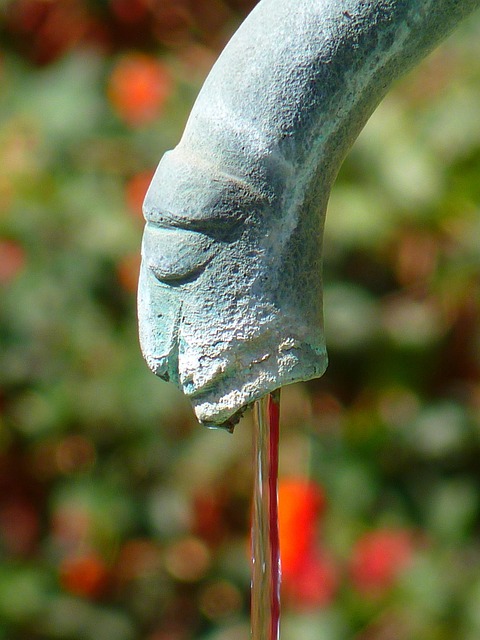
Transform your backyard into a tranquil oasis with our decorative water features, including elegant…….
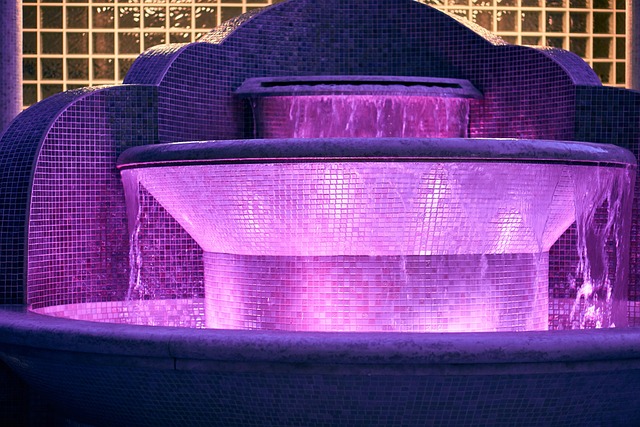
Transform your backyard into a serene oasis with our exquisite outdoor water features, including dec…….
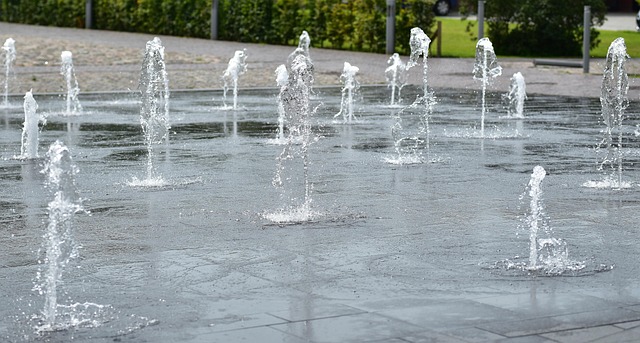
Transform your outdoor space with our decorative garden fountains and modern water feature designs,…….
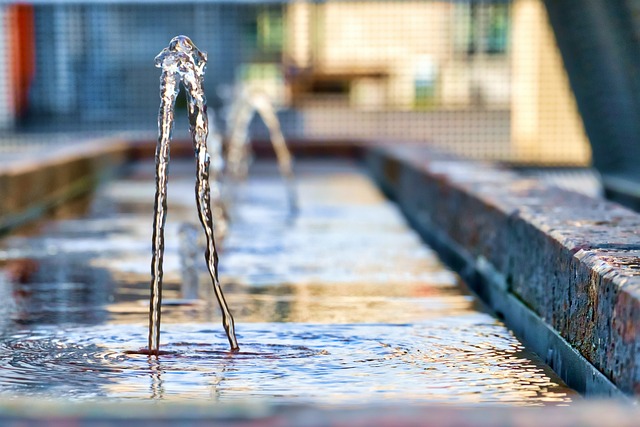
Integrating outdoor water features like decorative garden fountains, backyard ponds, and modern wate…….

Integrating outdoor water features like decorative fountains, waterfall designs, and DIY backyard po…….
Enhance your outdoor space with decorative water features like garden fountains and backyard ponds,…….
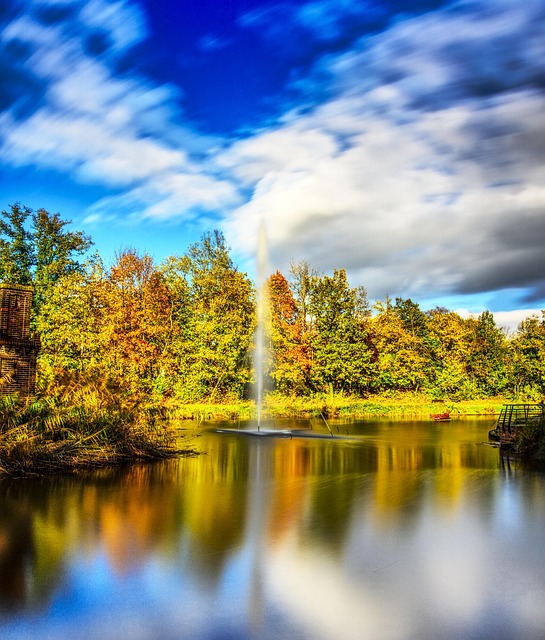
Outdoor water features like decorative garden fountains, backyard pond ideas with eco-friendly desig…….
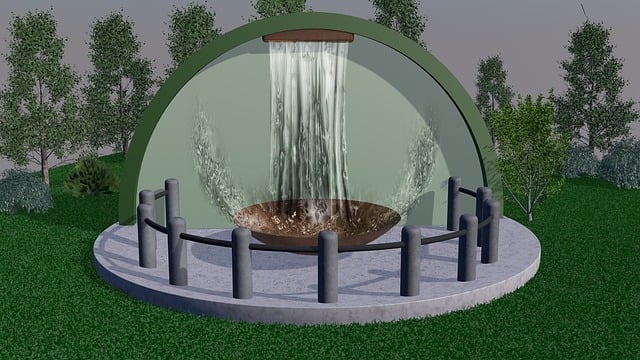
[Brand Name] enhances outdoor spaces with exquisite decorative garden fountains, backyard pond ideas…….
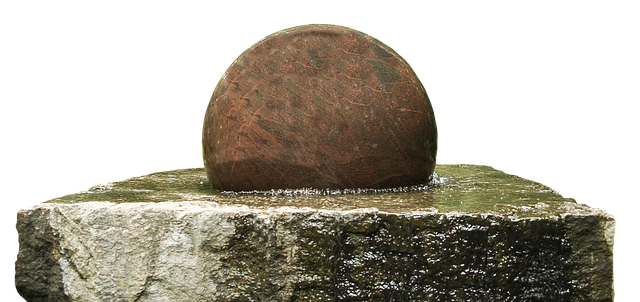
Our team specializes in designing and installing high-quality outdoor water features, from minimalis…….
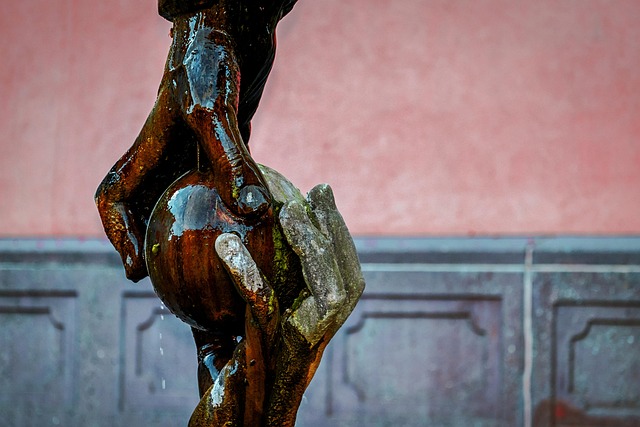
Integrating outdoor water features, from decorative garden fountains and backyard pond ideas to mode…….